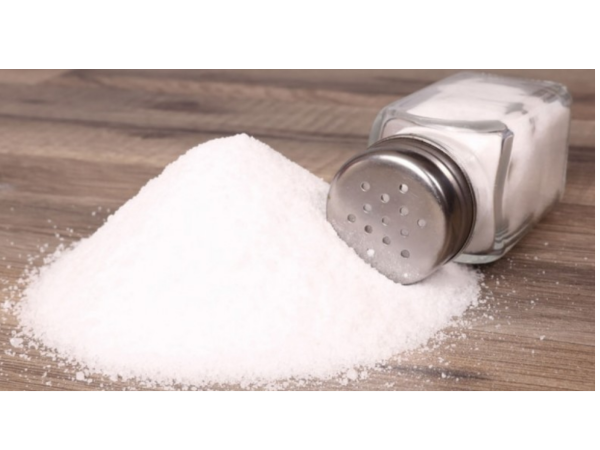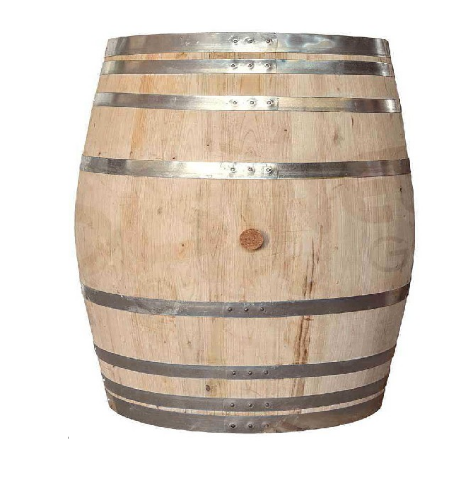Introduction
Salt is used in different doses depending on storage needs. At 2% (by mass), it slows the development of certain microorganisms and will bring a salty taste. On the other hand, in high doses, it will destroy almost all of the microorganisms. By reducing the product's water activity,
this process slows or stops microbial development. There are two systems: salting (or salting) and brining. These
techniques are used in cheese making, delicatessen and for certain species of fish (herring, salmon ...). Finally, according to traditional recipes, smoking can be associated with it.Étape 1 - Preamble
Some pre-harvest foodstuffs require pre-processing
(for meat, fish ...)
Étape 2 - Method of preservation
For the meat is rubbed with salt and wood ashes and repeated
several times over several days. The layer of ash helps to absorb
moisture and salt to absorb water from food, which makes the
foods that are stored for a long time and are difficult to break down. Compress and repeat several times. Store in a closed container.
Notes et références
Advantages:
- Salt is easy to find, cheap, easy to prepare.
- Long shelf life
Disadvantages:
- There is a change in taste due to salt storage.
- For the brining method, some approved additives may be harmful to health (for people with
stomach or digestive tract).
- On the nutritional side, the alteration of nutrients (vitamins and trace elements) is significant.
- Pre-treatment (washed) before treatment, avoid direct use.
Draft


 Français
Français English
English Deutsch
Deutsch Español
Español Italiano
Italiano Português
Português